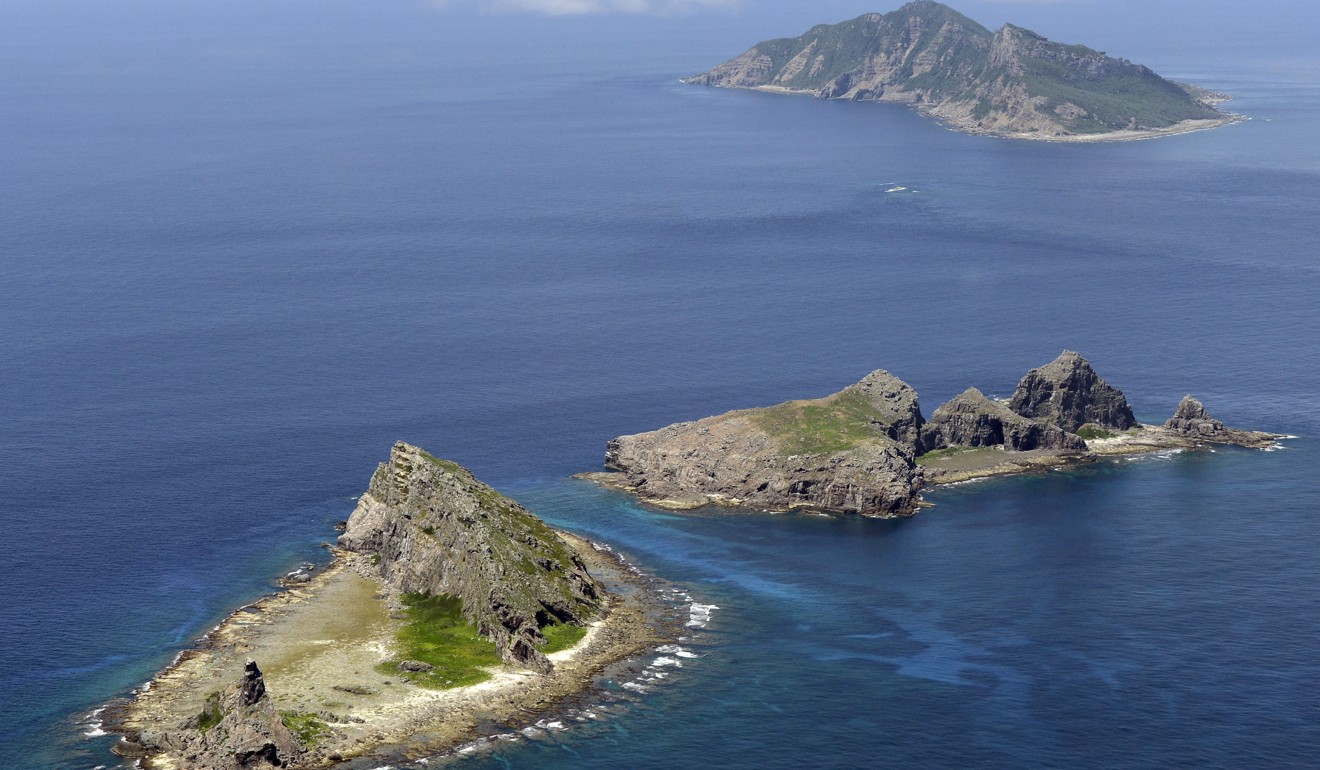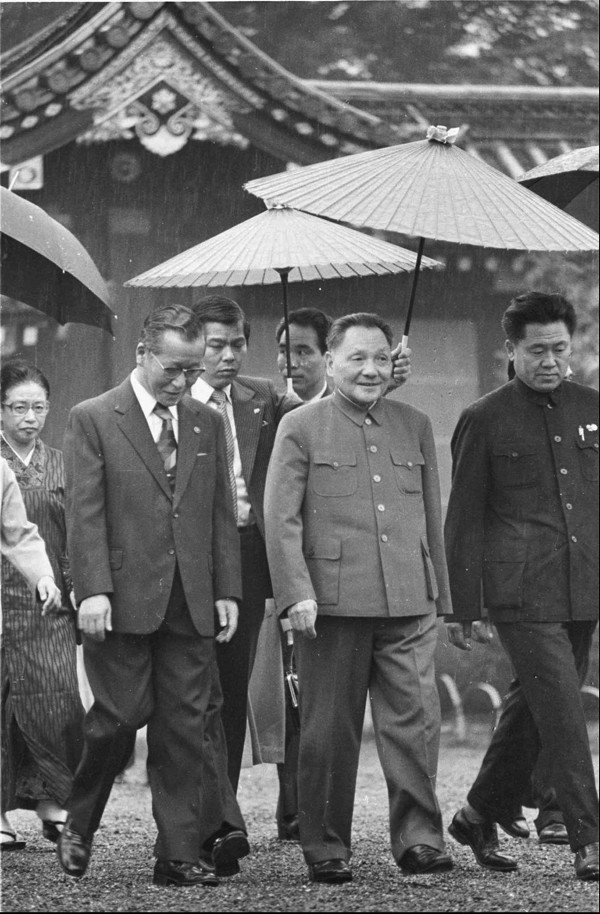
Forget Texas, China came out when Deng tipped his hat to Japan
- The West remembers Deng Xiaoping’s trip to the US in 1979, but it was his historic visit to Japan months earlier that really opened China’s eyes to modernisation
For Western historians, the signal moment for China’s coming out in the modern age was Deng Xiaoping’s trip to America in early 1979, a visit memorable for a single image – of the diminutive, Mao-suited vice-premier donning an oversized cowboy hat at a Texas rodeo.
For historians with a wider lens, especially in Asia, Deng’s trip to Japan months earlier was an equally transformative event.
Japanese cars were popular, and its televisions and electronics were flooding foreign stores. The country’s steel mills were putting overseas rivals out of business, leaving the beginnings of a rust belt across the American Midwest, a process China’s factories would accentuate two decades later.
Deng arrived in Japan a hardened figure, the survivor of multiple wars, revolutionary conflict and Maoist purges. But he seemed to sense – as he trekked through Japan’s state-of-the-art factories, and rode its famous trains – that he was witnessing a new industrial revolution.
“We must admit our deficiencies,” Deng told his hosts. “We are a backward country and we need to learn from Japan.”
At Nissan Zama automotive plant, which had just introduced robots on the production line south of Tokyo, Deng was told the factory produced 94 cars for every worker per year. That, he said, was 93 more than China’s then-premier car factory, First Automotive Works in Changchun. “Now,” he said, “I understand what modernisation is.”
What Japan can teach China about the American art of (trade) war
The Chinese valued Japan’s economic model in ways many Westerners were slow to grasp.
Chinese economists noted with admiration how Japan had accumulated the capital to build its heavy industries, refined its engineering skills, imported and copied foreign technology while building the capacity to develop its own world-class companies, products and brands.
One prominent Chinese scholar, Kong Fanjing, highlighted something else. Using communist jargon, he hailed Tokyo’s clever use of “US-Soviet hegemonic contradictions” to spur economic development. Put another way, he was giving Japan credit for exploiting cold war tensions in order to take shelter under the US security umbrella, so that the country could focus solely on economic growth.
Japan, Kong wrote, “had made foreign policy subordinate to domestic policy, and domestic policy subordinate to economics”. Deng took note. In the 1980s, like the Japanese, he restricted China’s military spending to preserve resources for the broader economy.
For the Japanese, Deng’s trip was a thrilling moment. Deng was the first Chinese leader to visit Japan in more than 2,000 years of contact between the two nations.
Deng flattered his hosts, played down the war, and bought some audiences to tears with his empathy for the countries’ shared cultural heritage. Business leaders crammed into events to see him. In a gesture rare for a Chinese leader today, Deng even held a no-holds-barred news conference.

Deng’s trip was the catalyst for the launch of Japan’s huge aid programme for China, which lasted for decades.
Totaling tens of billions of dollars by the time the loans stopped, Japanese money financed airports in Beijing and Shanghai, urban subway systems across the country, and a range of infrastructure and environmental projects.
Why is baseball a hit in Japan, but striking out in China?
Freed from paying reparations when the two sides forged diplomatic ties in 1972, the Japanese had thought they were going an extra mile by providing infrastructure aid to China. The Chinese looked at the issue differently. They thought that they were the ones who had been generous by not insisting on reparations. Later, they became angry when the money was referred to as a de facto pay-off for the war.
By the mid-1980s, with Deng still active, such misunderstandings, as well as a failure to put the war behind them, would come back to haunt both countries. ■
Richard McGregor is a senior fellow for East Asia at the Lowy Institute in Sydney


